Homeland Report on the Metis People of Canada: GNED 1473 Assignment
VerifiedAdded on 2022/07/28
|5
|735
|25
Report
AI Summary
This report provides an overview of the Metis people in Canada, fulfilling the requirements of a GNED 1473 Homeland Report. It begins by establishing the historical context of Indigenous populations before European colonization, emphasizing their societal structures and land ownership. The report then focuses on the Metis, detailing their origins in the 1700s from mixed Indigenous and European ancestry, their cultural practices like hunting, celebrations, artistic endeavors, and their unique Michif language. It also discusses their political and spiritual beliefs. Furthermore, the report examines the Metis' contemporary presence, highlighting their significant population growth and the Canadian government's increased engagement with them, including their concentration in urban centers within the Metis Homeland Nation. The report includes references to support the findings and provide further reading on the subject.
1 out of 5
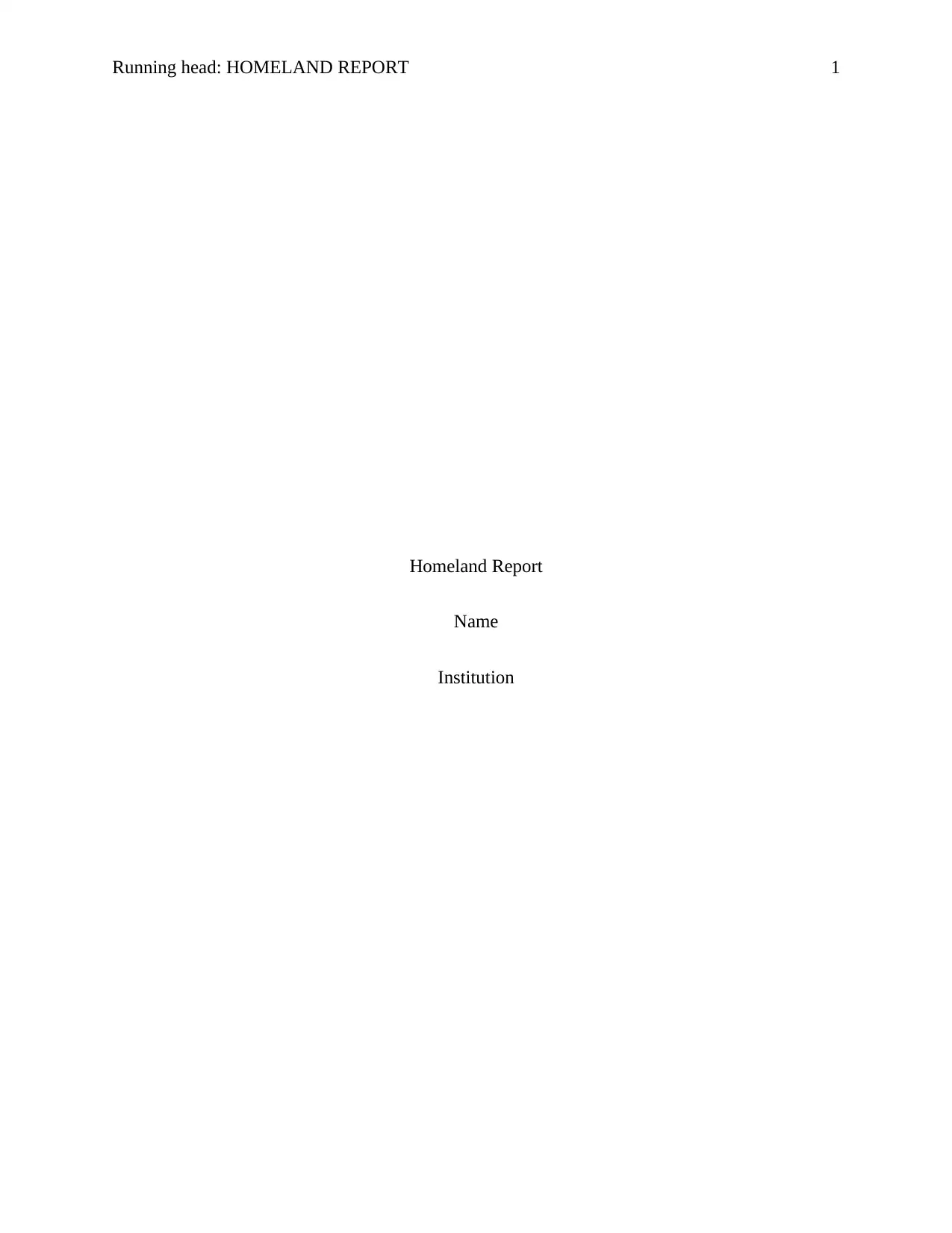
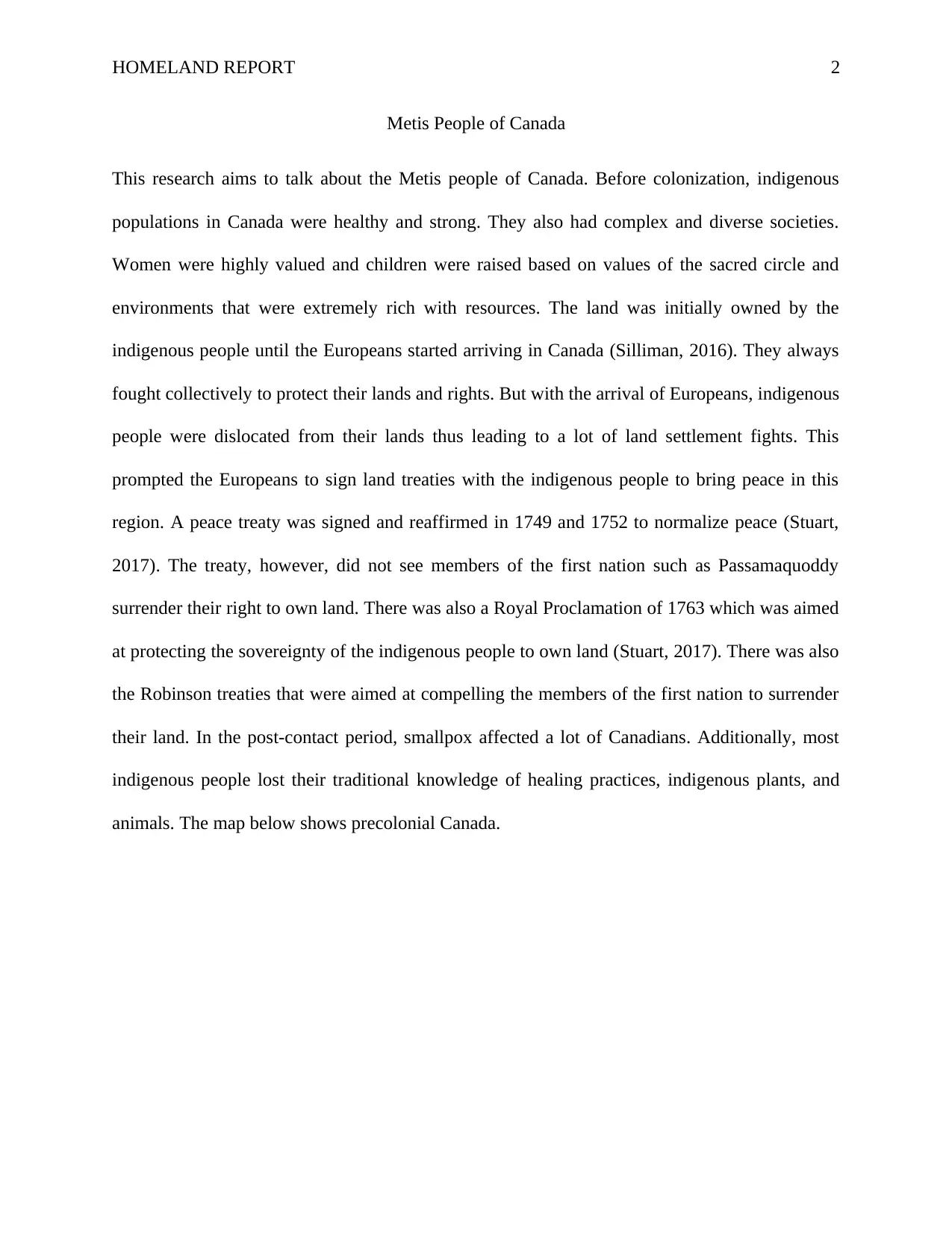
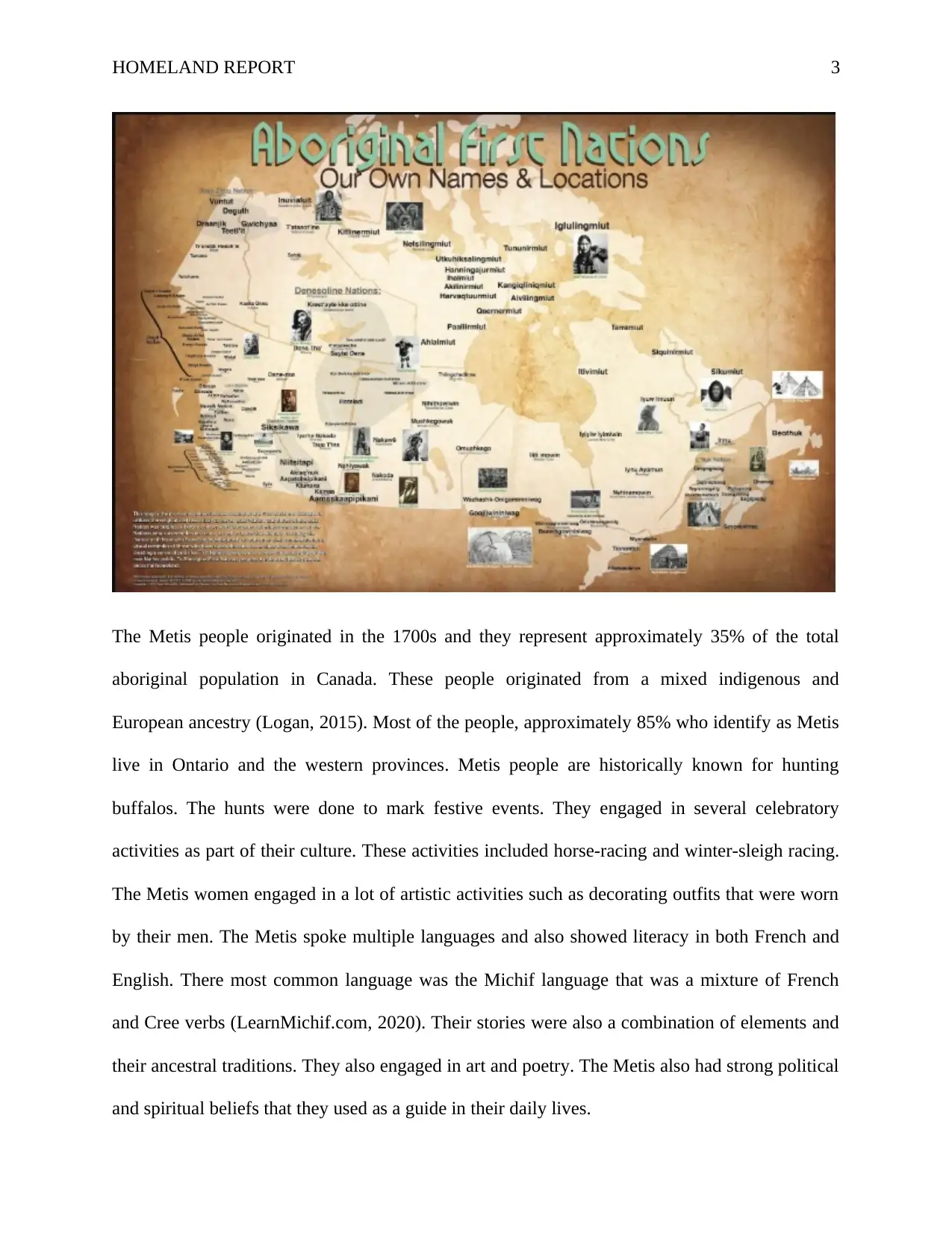

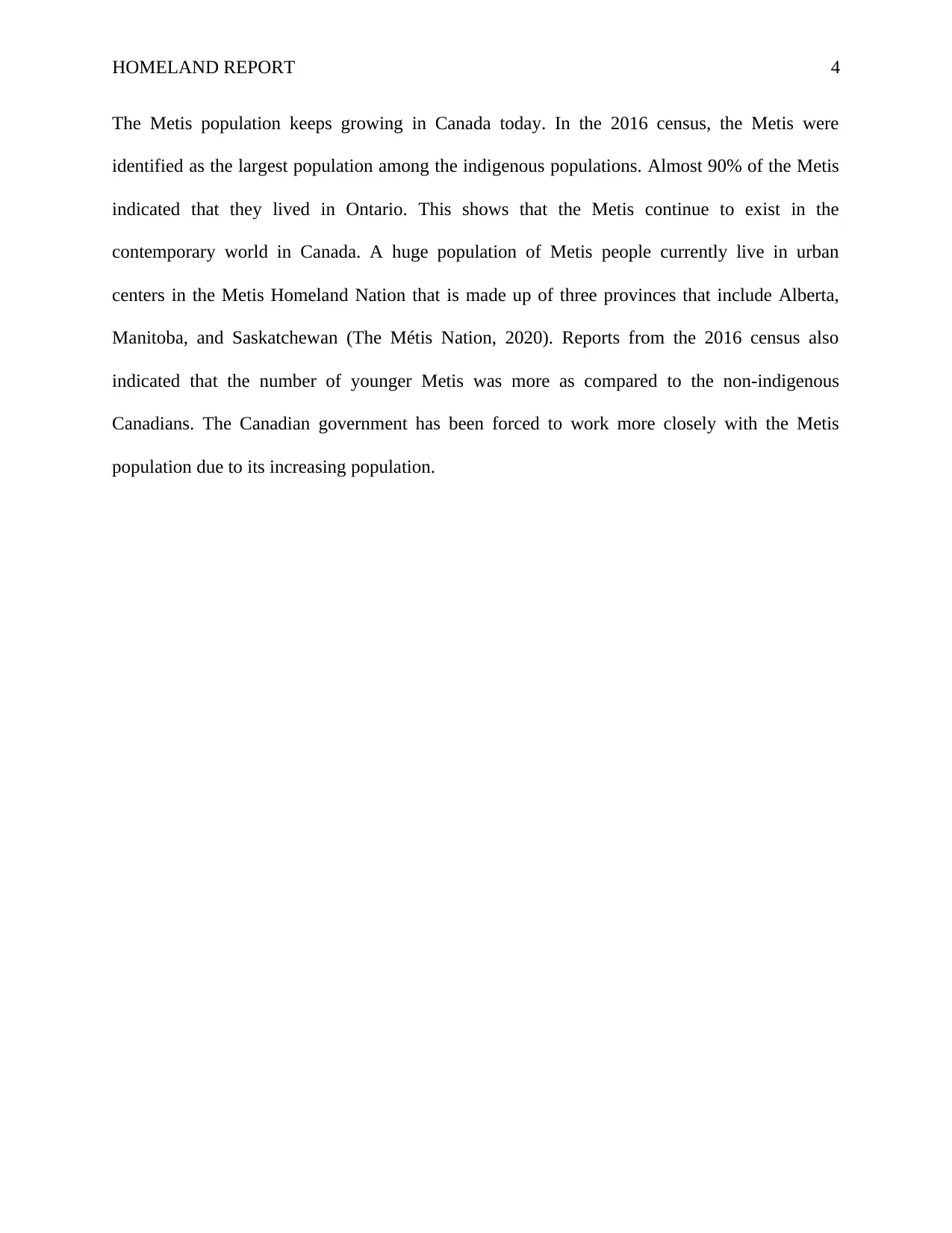
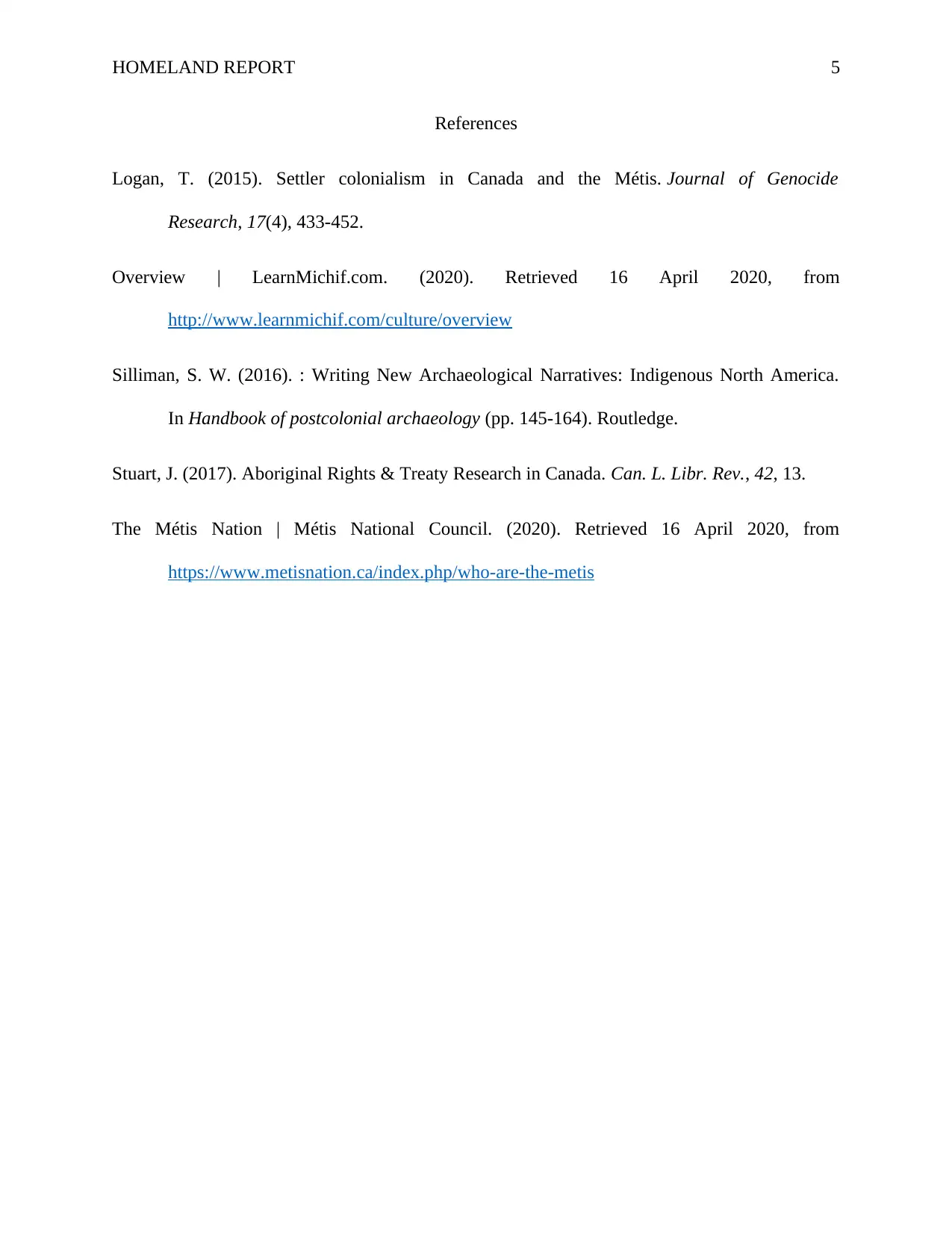






![[object Object]](/_next/static/media/star-bottom.7253800d.svg)